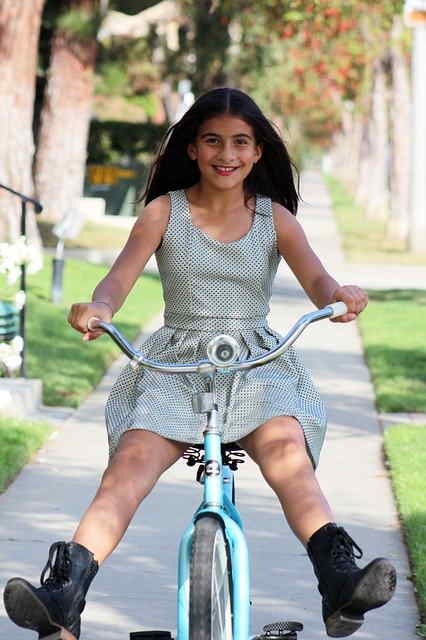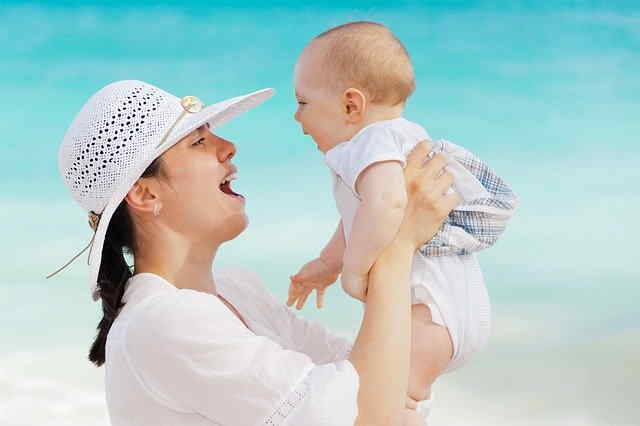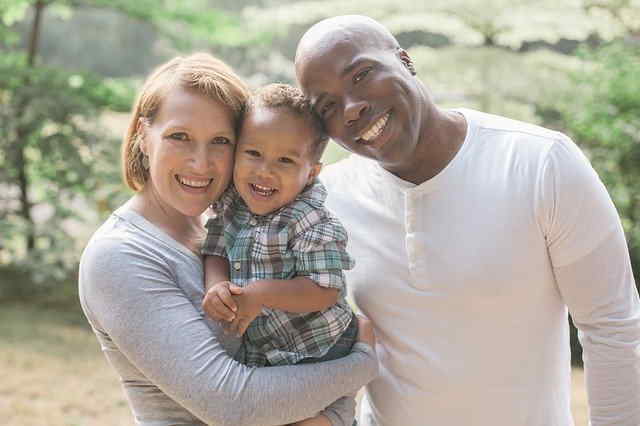PHYSIOLOGY OF THE FEMALE SEX ORGANISM
In the preceding lesson you have been shown “just what” each one of the sex organs of the woman is. In the present lesson you will be shown “just what” each of these organs does—what its functions and offices are. The preceding lesson dealt with the anatomy of these organs; the present lesson will deal with the physiology thereof. Beginning with […]
PHYSIOLOGY OF THE FEMALE SEX ORGANISM Read More »







